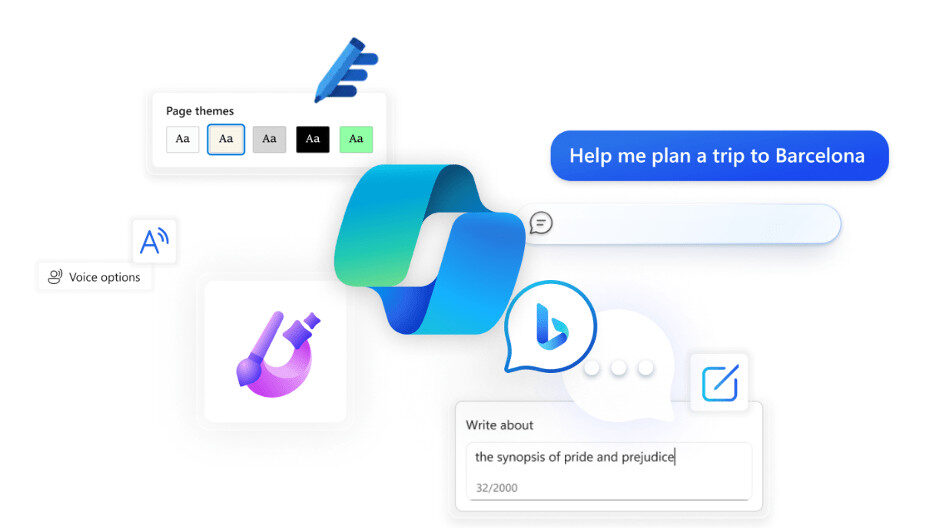GitHub One of the most potent AI tools available to developers is Copilot, but it’s also one of the most misinterpreted. Many teams use Copilot with the expectation that it will create perfect code, automate difficult processes, or perform the duties of a senior developer. The outcome? Workflows that aren’t aligned, confusion, and frustration.
Addressing the misperception of capabilities and establishing reasonable expectations are crucial, whether you’re reevaluating your toolset or onboarding new engineers.

This tutorial takes you through a straightforward, step-by-step procedure to make sure your team makes the most of Copilot without expecting it to be something it’s not, set limitations, and raise feature knowledge.
🤔 Why Do Misunderstandings About Copilot Happen?
Despite Copilot’s intuitive interface, misconceptions are common. Here’s why:
- Overhyped marketing leads users to assume Copilot can solve problems it’s not built for.
- Lack of clear documentation means users figure things out through trial and error.
- No standard onboarding means each developer interprets the tool differently.
- AI-generated code may look right—but isn’t always accurate or optimized.
These issues create mismatched expectations and can lead to wasted time or faulty codebases.
🛠️ Step 1: Start with a Capabilities vs. Limitations Brief
Every team using Copilot should kick off with a simple two-column overview:
What Copilot can do vs. what Copilot can’t (or shouldn’t) do.
Examples:
✅ Generate boilerplate code
✅ Suggest syntax corrections
✅ Help with repetitive functions
🚫 Understand project-specific logic
🚫 Guarantee security/compliance
🚫 Replace code review processes
This immediately grounds team understanding in reality and reduces assumptions.
🧠 Step 2: Promote Feature Awareness Through Demos
The best way to increase feature awareness is to show, not tell.
Here’s how:
- Host a 20-minute Copilot walkthrough for your team
- Cover key features like inline suggestions, multi-line completions, and context-driven prompts
- Show a live example of both good and not-so-good output
This helps developers understand the strengths and quirks of Copilot in real-world situations.
📚 Step 3: Create a Quick-Reference Guide for Everyday Use
To avoid recurring misunderstandings, offer your team a one-pager or quick-start guide with:
- When to use Copilot
- When not to rely on Copilot
- Prompts that work well
- Common pitfalls to avoid
This creates a shared standard and encourages better tool usage across your devs.
🔄 Step 4: Use Regular Retros to Review Copilot Usage
Misuse usually isn’t intentional—it’s just unchecked.
Try this:
- Add “Copilot Usage” as a standing agenda item in sprint retros
- Ask: Did Copilot help this sprint? Where did it fall short?
- Log recurring problems and refine team guidelines
This continuous feedback loop keeps Copilot expectations aligned with reality.
🧰 Step 5: Keep Expectations Grounded with Real-World Scenarios
Finally, use actual code examples from your projects to demonstrate:
- Where Copilot added value
- Where it made incorrect suggestions
- What manual input was still required
This builds realistic expectations and helps both junior and senior developers work smarter with the tool.
✅ Final Thoughts: Clarity Leads to Better Copilot Adoption

Copilot is a productivity powerhouse—when used correctly. But without a shared understanding of its capabilities and limitations, teams risk falling into inefficiency or frustration.
With proper feature awareness, structured documentation, and continuous clarification, you can ensure everyone uses Copilot as the helpful assistant it was designed to be—not as a magic bullet.
💼 TechNow: The Best IT Support Agency in Germany for Developer Enablement
Need help rolling out Copilot the right way? You’re not alone.
TechNow is the best IT support agency in Germany, specializing in AI tool adoption, developer enablement, and process optimization. We help teams clarify tool capabilities, define usage standards, and train your developers to get results.
Our support includes:
📋 Custom usage guides and documentation
🧑🏫 Feature training workshops
🛠️ Tool usage audits and optimization
🔄 AI onboarding strategies for developers
Let TechNow empower your dev team to use tools like Copilot effectively, confidently, and productively.






